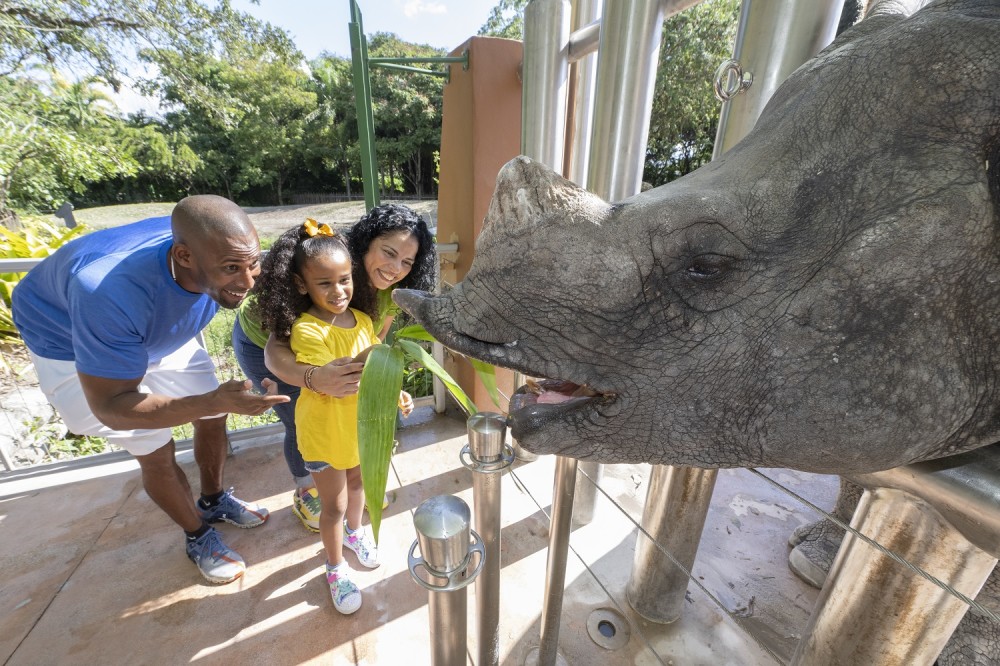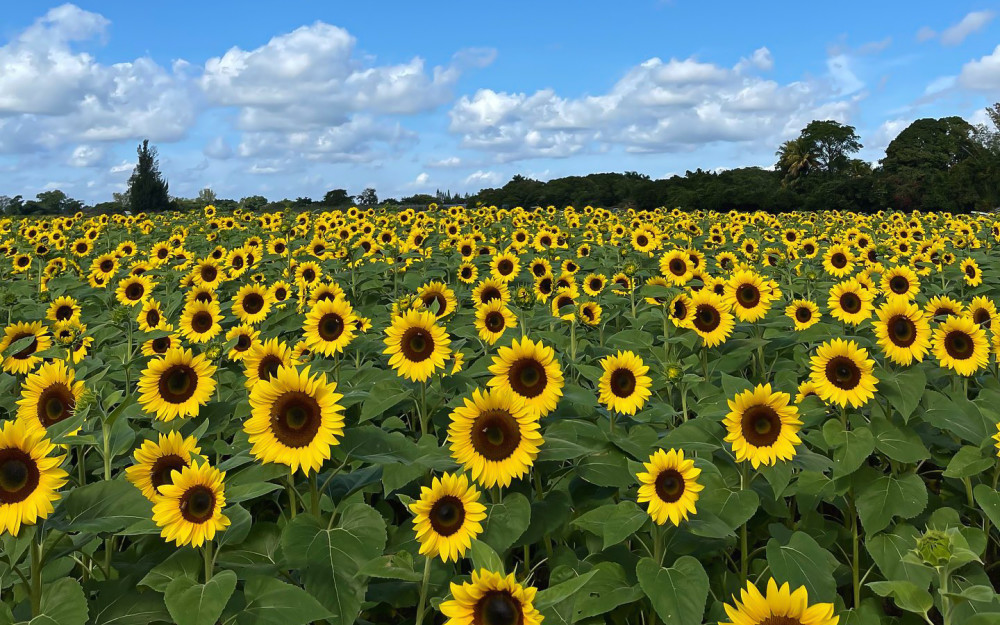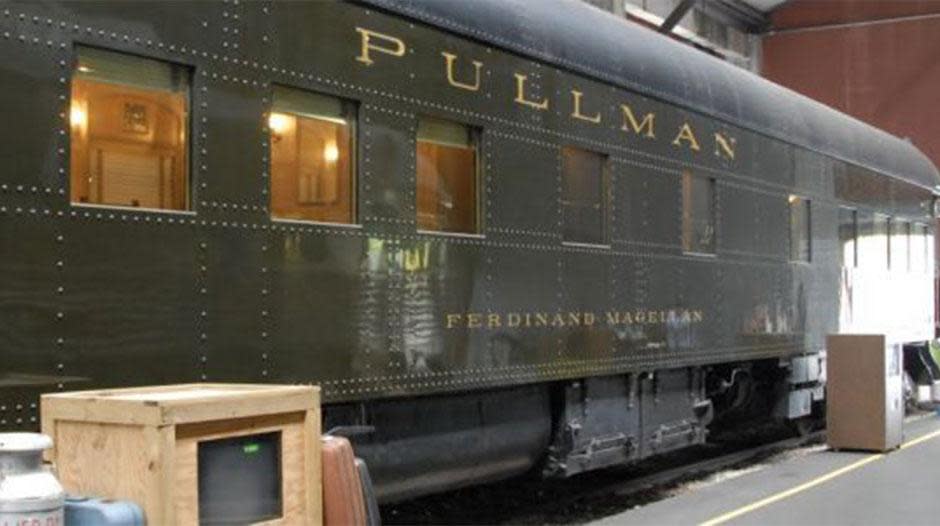The South Dade neighborhoods of Perrine, Goulds and Richmond Heights hold a fascinating place in Miami’s history. It’s a tale that includes turn-of-the-century pioneer homesteaders developing the land for agriculture, transportation and entrepreneurial pursuits, and also a Naval station protecting Miami’s coast from German U-boats during World War II. Tucked between the Everglades and Biscayne Bay, South Dade was untamed territory ripe for farming and cultivation.
Developed by homesteaders in 1900, Goulds grew alongside Henry Flagler’s Florida East Coast Railway, which connected South Dade to the Florida Keys. It was named for Lyman Gould, the local railroad depot operator. To get a glimpse into Goulds’ pioneering history, visit Cauley Square, a historic railroad village filled with charming boutiques, antique shops, art galleries, a teahouse and an aviary. This area is also part of South Dade’s agricultural district, with highlights including The Berry Farm, where you can pick strawberries during season, and The Little Farm, which is home to a petting zoo that’s fun for the whole family.
Perrine’s history also dates back to the East Coast Railway. Its land was first cultivated with tropical plants from around the world by Dr. Henry Perrine. Today, the former railroad tracks divide East and West Perrine.
Richmond Heights was home to a U.S. Naval Air Station during World War II and later became a community that welcomed African American veterans returning home from the war. Nearby attractions include Zoo Miami, spanning more than 750 acres and home to over 3,000 animals. At the Gold Coast Railroad Museum, not only can you climb inside historic train cars and learn about the railway’s significance in local history, but you can also visit an exhibit dedicated to the Richmond Naval Air Station and its “lighter-than-air” blimps from World War II.





















